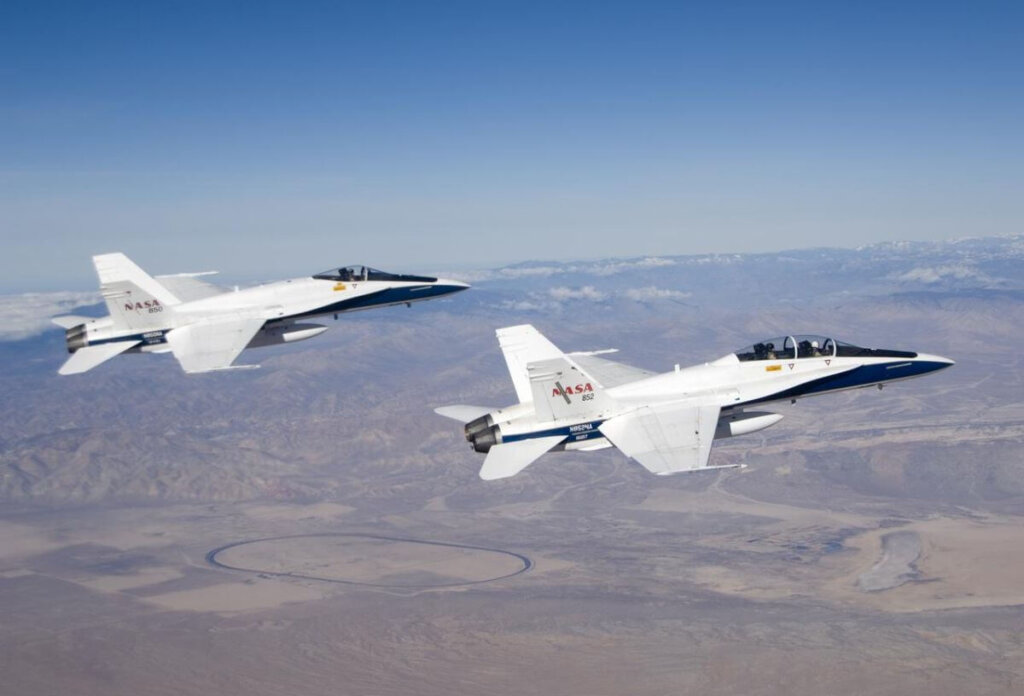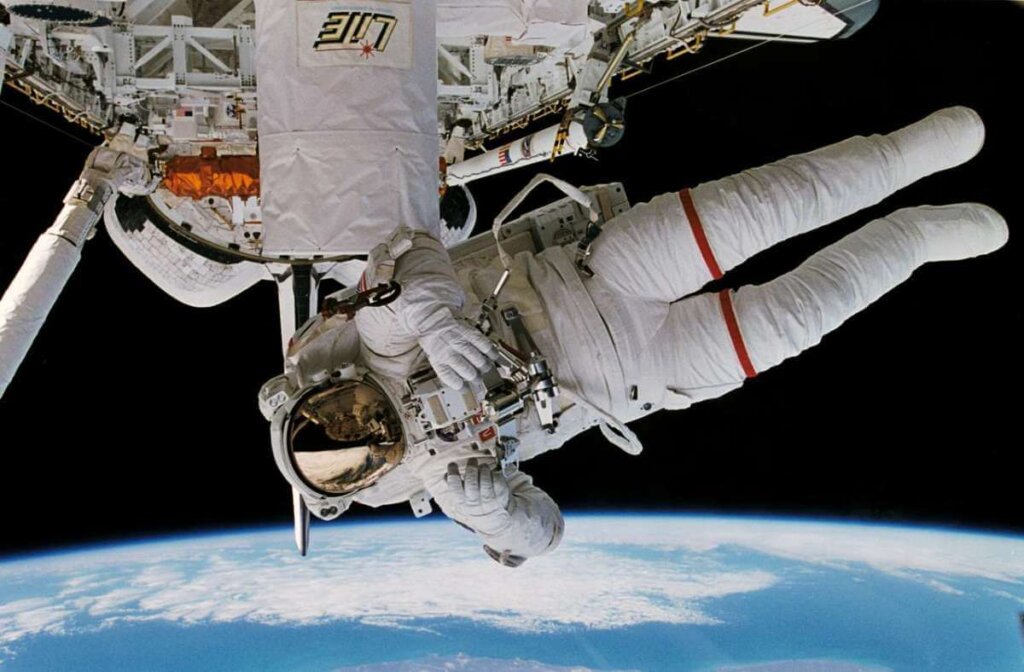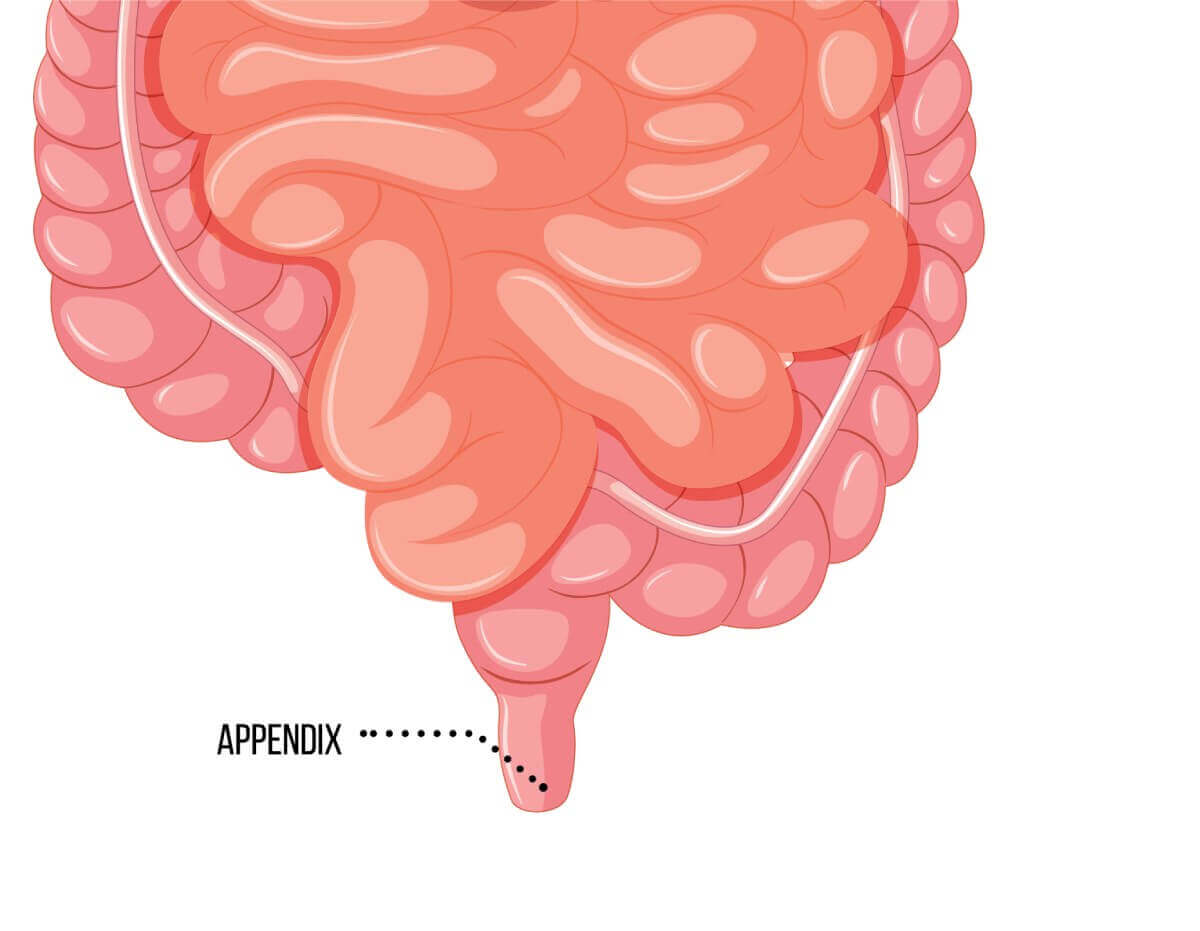Ever wondered what astronauts have to go through before they venture into space? From rigorous physical training to strict medical examinations, astronauts need to be in top shape to handle the challenges of space travel. One question that often arises is, do astronauts have their appendix removed before leaving Earth?
This article will explore the role of the appendix, the astronaut selection process, and the current policies surrounding appendix removal for astronauts.
The Human Appendix
The vermiform appendix, a small, finger-like pouch, is in the lower right quadrant of the abdomen, specifically where the small intestine meets the large intestine at the cecum. Its precise function remains debated, with researchers postulating roles in the immune system and maintaining a healthy gut microbiome.
In some remote and isolated long-term missions, such as those in Antarctica, participants may be required to undergo an appendectomy before departure. This stipulation primarily stems from the limited access to medical facilities and the challenges of evacuating individuals in these remote areas in case of a medical emergency—such as appendicitis.
Appendicitis can be life-threatening if left untreated, as it may lead to a rupture of the inflamed organ and subsequent widespread infection.
By performing an appendectomy before departure, the risk of appendicitis and the complications it can cause during the mission is eliminated, thus helping ensure the safety and well-being of the individuals involved.
Astronaut Selection Process
The astronaut selection process for NASA is a highly competitive and rigorous endeavor to identify the most qualified candidates for space missions. To be eligible, candidates must possess specific minimum qualifications such as a bachelor’s degree in a STEM field and at least three years of professional experience or 1,000 hours of pilot-in-command time in jet aircraft and must be U.S. citizens.

Applicants must meet specific medical and physical requirements, including height (between 62 and 75 inches), excellent vision (correctable to 20/20 in each eye), and blood pressure (no higher than 140/90 mm Hg). They must also pass a stringent physical examination.
NASA reviews applications to identify candidates with the most promising qualifications and relevant experience. The selected individuals are then invited for further assessment, which includes a week-long series of interviews, medical evaluations, and psychological assessments at the Johnson Space Center in Houston, Texas.
A small group of finalists is chosen based on their interview and assessment performance. They will undergo further background checks and security clearance procedures before receiving a formal offer to join the NASA Astronaut Candidate Program.
Upon acceptance, the newly selected astronaut candidates embark on a two-year training program covering topics such as space systems, robotics, spacewalking, International Space Station operations, and T-38 jet proficiency.
The Appendix and Space Travel
Space travel’s unique challenges and environment raise questions about the potential impact on various aspects of human physiology, including the appendix. In this section, we will explore the relationship between the appendix and space travel, examining astronauts’ health risks and implications for long-duration missions.
Health Risks in Space
The harsh space environment presents many unique health risks for astronauts, necessitating they are in peak physical condition to withstand these challenges. Among the numerous hazards are the following:
Exposure to radiation
In space, astronauts are exposed to higher levels of ionizing radiation due to the lack of Earth’s protective atmosphere and magnetic field. This increased exposure can lead to an increased risk of cancer, damage to the nervous system, and other detrimental effects on human health.
Muscle atrophy
The extended exposure to microgravity promotes muscle mass loss. This loss occurs when muscles no longer need to operate against gravity in order to maintain posture and conduct daily activities. As a result, muscular atrophy, particularly in postural and locomotor muscles, can cause muscle weakness and interfere with an astronaut’s ability to execute duties in space—as well as acclimatize to Earth’s gravity upon return.
Bone density loss
Microgravity also contributes to the loss of bone density, as the mechanical loading on the skeletal system is significantly reduced in space. As a result, astronauts can lose up to 1% of their monthly bone density in an area, increasing their risk of fractures and other skeletal injuries during and after their missions.
Weakened immune system
The immune system’s function may be altered in the space environment, potentially making astronauts more susceptible to infections. This weakened immunity could be due to microgravity, stress, radiation exposure, and disruptions in circadian rhythms.
Microgravity and Appendicitis
Although microgravity does not directly lead to appendicitis, it plays a role in weakening the immune system of astronauts during space missions—potentially making them more susceptible to infections—including those that could result in appendicitis.
The altered immune function could be attributed to various factors such as microgravity, stress, radiation exposure, and disruptions in circadian rhythms. In addition, in a spacecraft’s confined and isolated environment, the lack of immediate access to comprehensive medical facilities further complicates the situation.
In the event of appendicitis, timely treatment is crucial to prevent complications such as rupture and peritonitis, which can quickly escalate into a life-threatening situation.
Preemptive Surgery in Astronauts
As a preventive measure, some astronauts underwent preemptive surgery to remove their appendix before embarking on their missions. This approach aimed to eliminate the risk of appendicitis and its associated complications, ensuring a safer environment for astronauts as they ventured into the unknown realm of space.
Current NASA Policy
NASA does not mandate astronauts to undergo an appendectomy before embarking on a mission. This decision stems from the understanding that the risks associated with surgery frequently outweigh the potential benefits.

Rather than emphasizing preemptive surgical procedures, NASA prioritizes maintaining astronauts’ overall health and ensuring they have access to essential medical support during their missions.
Risks and Benefits of Appendix Removal
Appendix removal, medically known as appendectomy, is a frequently performed surgical procedure designed to treat appendicitis – an inflammation of the appendix. Although the operation is relatively routine, it is essential to acknowledge and consider the potential risks associated with the intervention. The surgical risks can be broadly classified into three categories: infection, bleeding, and anesthesia-related complications.
Infection
Postoperative infections are a potential risk factor in any surgical procedure, and appendectomies are no exception. Infections may manifest as localized occurrences, such as wound infections or intra-abdominal abscesses, or systemically in the form of sepsis. To mitigate this risk, strict adherence to aseptic techniques during surgery and the administration of prophylactic antibiotics is standard practice.
Bleeding
Hemorrhaging is another potential complication that can arise during or after an appendectomy. While minimal bleeding is expected during surgery, excessive bleeding may require additional interventions to achieve hemostasis. In rare cases, postoperative bleeding may necessitate blood transfusions or even a return to the operating room to identify and address the source of the bleeding.
An appendectomy is typically performed under general anesthesia, carrying its own risks. These risks may include adverse reactions to anesthesia drugs, respiratory complications, or cardiovascular events. The patient’s medical history and overall health status significantly determine the likelihood of encountering anesthesia-related difficulties.
It is vital to weigh the potential risks against the benefits of an appendectomy. In certain situations, such as when considering the preemptive removal of the appendix for astronauts, the balance between the risks and benefits becomes even more crucial.
Final Thoughts
So, do astronauts have their appendix removed? Well, there was a time when astronauts were recommended to have their appendix removed as a preventive measure. However, this is no longer the case. The potential risks associated with surgery outweigh the benefits, leading NASA to shift its focus towards maintaining the overall health of astronauts and providing necessary medical support during space missions.
As our understanding of space travel and its effects on human health continues to evolve, policies and procedures may change. Nonetheless, for now, astronauts are not required to have their appendix removed before embarking on a space mission.

